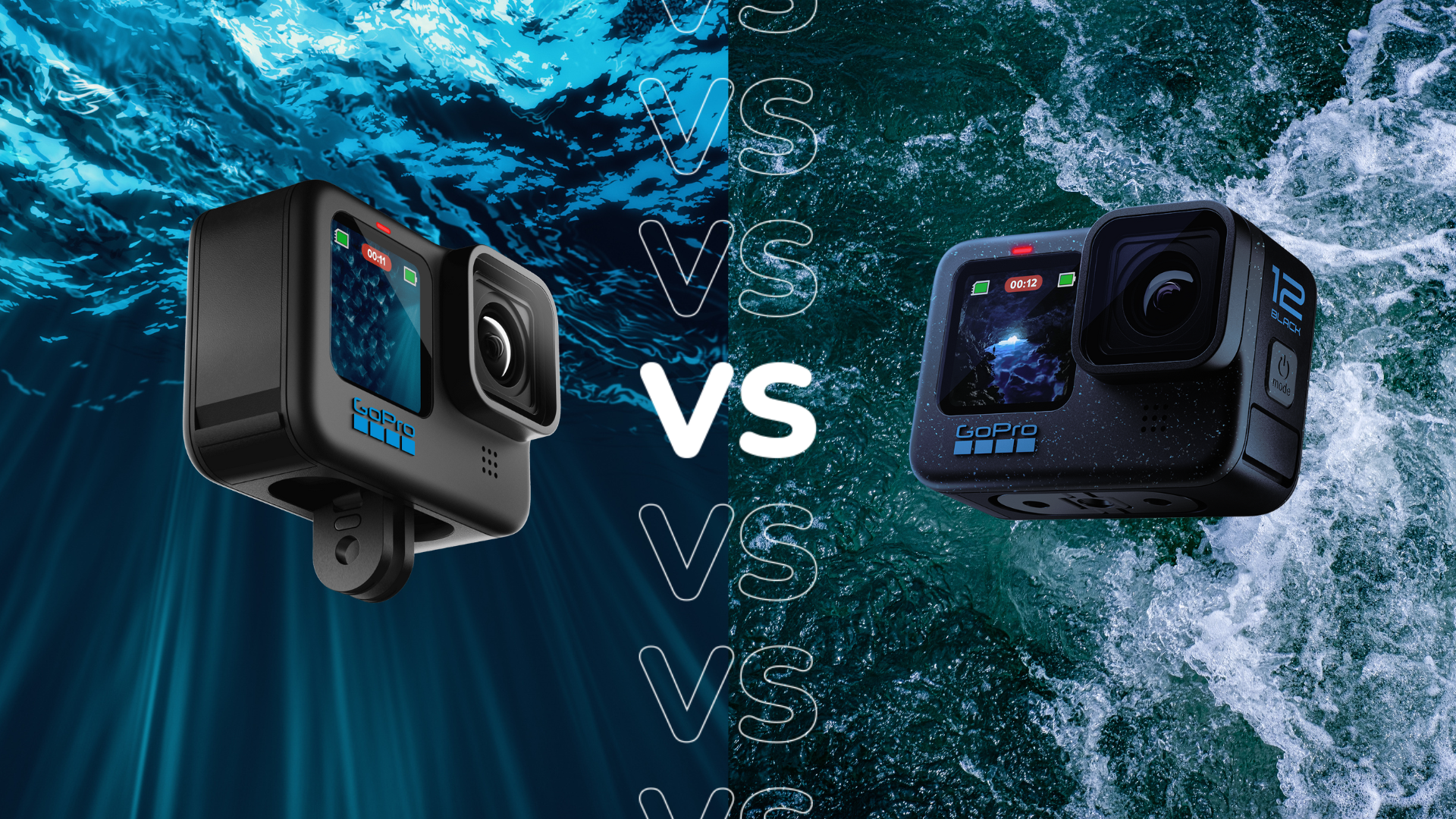Meteor Lake vs Raptor Lake: Intel processor architecture compared

Intel has announced its new Meteor Lake processor architecture, which is set to become the foundation for the 14th Generation Intel Core chips, both for desktop and laptops.
Meteor Lake provides numerous upgrades on its Raptor Lake predecessor, which powered the 13th Generation Intel Core chips.
So what upgrades and features can you expect from the next generation? We’re rounded up the key differences below, so keep reading on for everything you need to know about Meteor Lake.
New Intel 4 node
Intel is moving onto a new process node for Meteor Lake, which is generally a sign of big improvements to performance and power efficiency.
Intel calls the new node ‘Intel 4’ which is expected to use a 7nm design, making the process node smaller than the 10nm node found with Intel 7, which was used for Intel’s preceding processor generation, Raptor Lake.
A smaller process node typically allows a chip maker to fit more transistors onto a chip of the same size, helping to make it more efficient. In fact, Intel suggests the new Intel 4 node is a whopping 20% more power efficient than Intel 7.
We’ll have to wait until we test these new processors ourselves in order to see what kind of performance uplift the new Meteor Lake processors are capable of, but the move to a new node is certainly promising.
3D Hybrid architecture
Rather than simply reducing the size of the node, chip makers are looking for new ways to enhance performance for new processors. For Meteor Lake, Intel has decided to make use of its Foveros 3D stacking technology.
Foveros sees Intel stack compute tiles vertically within a processor, instead of using the more traditional side-by-side packaging that was used for Raptor Lake. This allows Intel to maximise the performance in a smaller footprint, resulting in improved efficiency. Intel first used this technique for the Intel Lakefield range, but Meteor Lake marks the first time it’s been used in the mainline Intel Core series.
Intel is also sticking to its hybrid architecture that was used with Raptor Lake, allowing it to use different types of processor cores, such as performance cores (P-Cores) and efficient cores (E-Cores), on a single chip to find the perfect balance of performance.
That said, Intel is using new P-Core and E-Cores microarchitectures compared to Rator Lake, once again in a bid to enhance performance and efficiency.
Intel Arc integrated graphics
Intel has made huge strides in the GPU market in recent years following the launch of its Intel Arc graphics cards. Intel is now utilising the Intel Arc GPU technology for Meteor Lake processors, providing a welcome boost to the integrated graphics performance.
Intel claims the Arc graphics in Intel Arc chips will offer a 2x performance per wattage boost on the Intel Iris Xe graphics solution found on 12th Gen Intel Core processors. Intel hasn’t provided any performance comparisons to Raptor Lake just yet, but the move to a new GPU architecture should see a performance uplift.
Powerful integrated graphics can be especially vital for those who want a laptop to play games or engage in 4K video editing or animation on the go, without having to buy an expensive and unwieldy laptop. It’s not quite as important for a desktop PC, as you can simply upgrade your system with a graphics card instead, but it’s still great to see Intel improving its graphics performance.
Built-in NPU AI engine
Meteor Lake will be the first generation of Intel Core processors to feature a built-in NPU AI engine. This means the chips will have dedicated hardware purpose built to improve the performance of artificial intelligence, opening up numerous possibilities.
The inclusion of an NPU should allow software developers to create AI-powered apps that don’t require an internet connection to function. Intel says it’s already working with Microsoft to ensure functionality for Microsoft Office applications and Windows Studio Effects. This can take many forms, including improved background noise cancellation for video calls.
We’ve also seen Google use an NPU in its Pixel smartphones, harnessing the power of AI to improve the quality of photos. With Intel now using an NPU in its Meteor Lake, it’s likely that even more AI-powered features will become available on a laptop, of which won’t be possible with a Raptor Lake chip.
Support for Wi-Fi 7
With Wi-Fi 7 routers starting to appear, it’s not surprising to Meteor Lake processors supporting the latest wireless standard.
Wi-Fi 7 boasts numerous advantages over Wi-Fi 6E, including a 4x performance increase, taking the peak rate up to 40Gbps when using the 6GHz band. A new feature called Multi-Link Operation will also allow you to use multiple bands to connect to a single device to improve the efficiency of the connection.
In comparison, Raptor Lake is restricted to Wi-Fi 6E so any PC or laptop using this wireless standard won’t be able to benefit from the new features of Wi-Fi 7. But on the flip side, if you end up purchasing a Meteor Lake processor, you’ll need a Wi-Fi 7 router to unlock the new capabilities.








